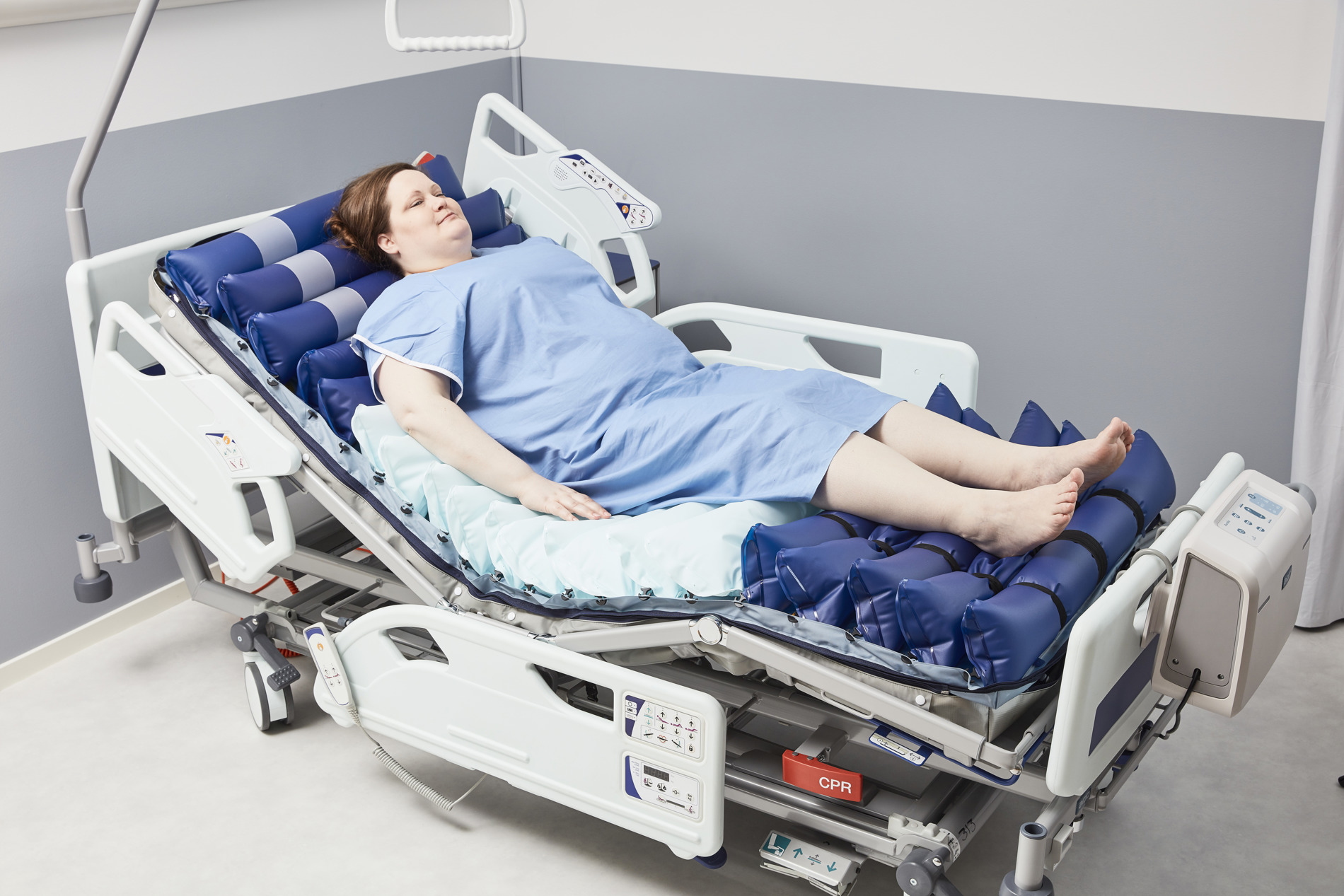Are you active or reactive? Guidelines for support surfaces
Earn While You Learn: Continuing Education Certificate and One (1) Contact Hour Available!
Pressure injuries remain a significant challenge in healthcare, impacting patient well-being, caregiver workload, and facility resources. This on-demand webinar presented by Amanda Roguljic, RN, MS, APN, CWCN, explores the multifactorial causes of pressure injuries, including the roles of intense or prolonged pressure, shear forces, and the body’s microclimate. Special attention is given to patients with mobility limitations, who are at heightened risk due to altered mechanical loading boundaries.
Learning Objectives:
- Define Active and Reactive surfaces
- Differentiate the characteristics of support surfaces
- Develop a plan of care for the patient requiring a support surface
Attendees will have the opportunity to earn One (1) Contact Hour by participating the entire session and submitting the Evaluation Form at the end of the session. Provider approved by the California Board of Registered Nursing. Provider Number #CEP17028.
Presenter
Amanda Roguljic, RN, MS, APN, CWCN
Clinical Consultant, Acute Care - Arjo Inc.
Amanda is a Clinical Educator for Arjo, specializing in wound care, bariatric care and mobility. She has been a nurse for nearly 25 years, working in both long term and acute care settings. Her goal has been, and continues to be, to improve the quality of care and quality of life for patients and residents alike.
